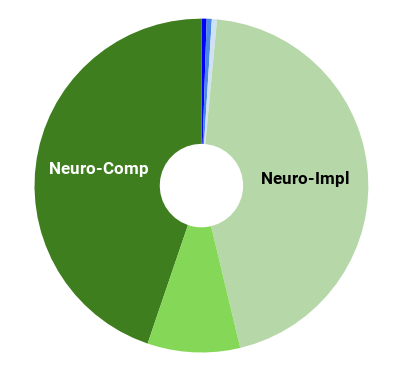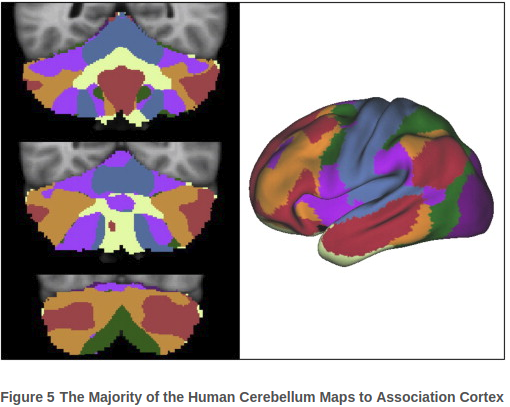The ‘Little Brain’, often forgotten: The Cerebellum
This post is part of a series “Systems Neuroscience for AI: An Introductory Guide to the Literature”.
Guide contents
- Introduction
- Motivation: why should we pay attention to the brain for AI?
- Overviews: What, broadly speaking, is the brain computing?
- The Cerebral Cortex: A Very Tangled Web
- The Thalamus: More than just Central Station
- The Hippocampus: A Less Tangled Web
- Cortico-hippocampal interactions
- Reinforcement Learning with the Basal Ganglia and prefrontal cortex
- The Forebrain: Or, How I Learned Concepts in the Cortico-thalamo-basal ganglia-hippocampal system
- The ‘Little Brain’, often forgotten: the Cerebellum (This page)
- The Cerebello-basal ganglia-thalamo-cortical system
- Conclusions
—
The traditional view of the cerebellum is that it refines movement. Given that so much valuable neuroscience had to be excluded from the guide, why then should such a limited brain region get a whole section? A modern view of the cerebellum affords it a much broader role, including in cognition. Before addressing this role with respect to the systems treated in previous sections, we must first consider it in isolation.
As a brief primer on the well-studied circuitry and basic function of the cerebellum, I recommend this 10 minute video.
The Cerebellum and Cognitive Function: 25 Years of Insight from Anatomy and Neuroimaging

Vol 80, Issue 3, p807-815, 30 October 2013
Randy L. Buckner
https://doi.org/10.1016/j.neuron.2013.10.044
Abstract
Twenty-five years ago the first human functional neuroimaging studies of cognition discovered a surprising response in the cerebellum that could not be attributed
 to motor demands. This controversial observation challenged the well-entrenched view that the cerebellum solely contributes to the planning and execution of movement. Recurring neuroimaging findings combined with key insights from anatomy and case studies of neurological patients motivated a reconsideration of the traditional model of cerebellar organization and function. The majority of the human cerebellum maps to cerebral association networks in an orderly manner that includes a mirroring of the prominent cerebral asymmetries for language and attention. These findings inspire exploration of the cerebellum’s contributions to a diverse array of functional domains and neuropsychiatric disorders.
to motor demands. This controversial observation challenged the well-entrenched view that the cerebellum solely contributes to the planning and execution of movement. Recurring neuroimaging findings combined with key insights from anatomy and case studies of neurological patients motivated a reconsideration of the traditional model of cerebellar organization and function. The majority of the human cerebellum maps to cerebral association networks in an orderly manner that includes a mirroring of the prominent cerebral asymmetries for language and attention. These findings inspire exploration of the cerebellum’s contributions to a diverse array of functional domains and neuropsychiatric disorders.
Next post: The Cerebello-basal ganglia-thalamo-cortical system
